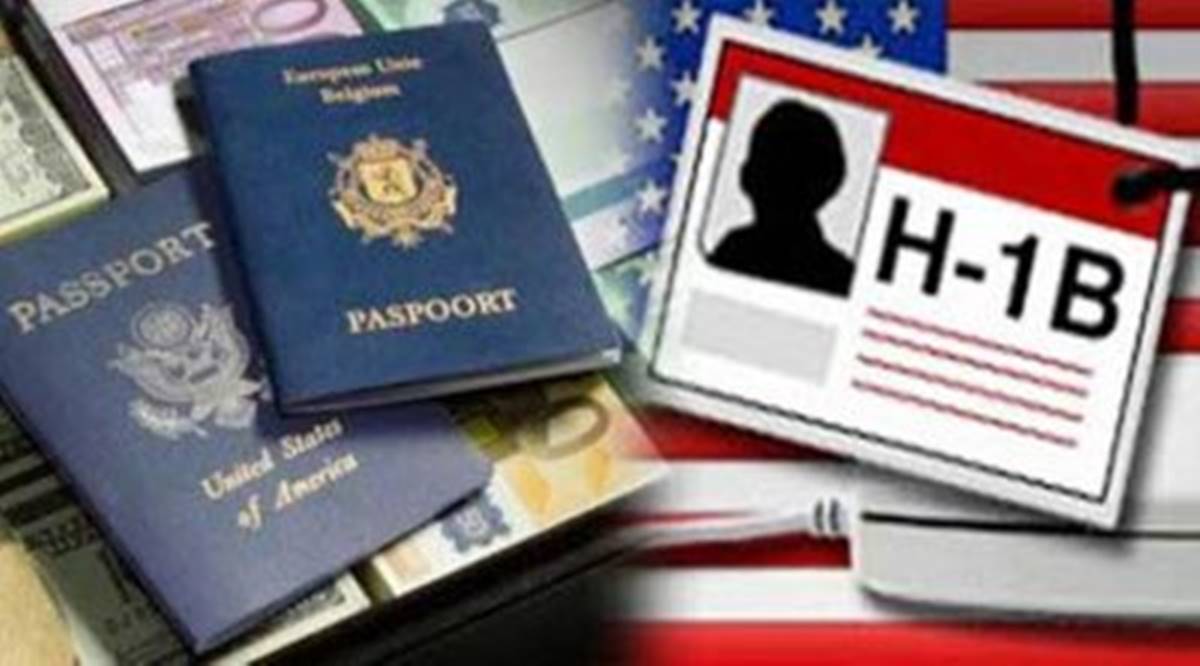
The Truth About the H-1B Visa and Impacts on U.S. Workers
With the USCIS fiscal year 2023 H-1B cap season upon us, now is a good time to review some common myths surrounding this controversial visa category. The following is taken from the American Immigration Council’s Fact Sheet entitled “The H-1B Visa Program: A Primer on the Program and Its Impact on Jobs, Wages, and the Economy” (April 2, 2020).
How Do H-1B Visas Impact Wages?
Despite suggestions to the contrary, overwhelming evidence shows that H-1B workers do not drive down wages of native-born workers, with some studies showing a positive impact on wages overall.
- From the creation of the H-1B program in 1990 to 2010, H-1B-driven increases in STEM workers were associated with a significant increase in wages for college-educated, U.S.-born workers in 219 U.S. cities. A 1 percentage point increase in foreign STEM workers’ share of a city’s total employment was associated with increases in wages of 7 to 8 percentage points paid to both STEM and non-STEM college-educated natives, while non-college educated workers saw an increase of 3 to 4 percentage points.
- From 2009 to 2011, wage growth for U.S.-born workers with at least a bachelor’s degree was nominal, but wage growth for workers in occupations with large numbers of H-1B petitions was substantially higher. For example, in the Computer Systems Design and Related Services category, there has been a 5.5 percent wage growth since 1990 and a 7 percent wage growth since 2009. In comparison, wage growth across all industries has been 0.8 percent since 1990 and 1.6 percent since 2009.
- The median salary of H-1B workers (as measured in 2016 dollars) rose from $69,455 in FY 2007 to $80,000 in FY 2016. The median salary of all computer and mathematical workers (foreign-born and native-born) grew from $73,979 to $75,036 during the same period.
- Factors such as gender, marital status, and ethnicity play a larger role than citizenship or immigration status for wages in the tech and finance industries �” “industries that use a large number of H-1B visas. A worker’s geographic region also accounts for significant differences in wages.
How Do H-1B Workers Impact U.S. Employment Rates?
Research shows that H-1B workers complement U.S. workers, fill employment gaps in many STEM occupations, and expand job opportunities for all. The United States faces challenges in meeting the growing needs of an expanding knowledge-based innovation economy. Arguments that highly skilled, temporary foreign workers are freezing out native-born workers are rebutted by the best available empirical evidence.
- Unemployment rates are low for occupations that use large numbers of H-1B visas. For example, many STEM occupations have very low unemployment compared to the overall national unemployment rate. These low unemployment rates signal a demand for labor that exceeds the supply.
- Research indicates that an increase in H-1B visas could create an estimated 1.3 million new jobs and add around $158 billion to gross domestic product in the United States by 2045.
- Conversely, research shows that the United States has missed out on the opportunity to create new jobs by limiting the number of H-1B visas to 65,000 per year. For example, estimates show that, had the U.S. government not rejected 178,000 H-1B visa petitions in computer-related fields in the 2007 and 2008 visa lotteries, U.S. metropolitan areas could have created as many as 231,224 tech jobs for U.S.-born workers in the two years that followed.
- One study found that U.S.-based multinational corporations responded to restrictions on H-1B visas (such as rising denial rates) by increasing employment at their existing foreign affiliates and by opening new foreign affiliates �” “particularly in India, China, and Canada.
As highlighted by the AIC Fact Sheet, the commonly heard refrain that H-1B workers take the jobs of native workers and depress wages is easily debunked when analyzed through a factual lens. The U.S. economy, its STEM sectors, the workers in those fields, and the U.S. population in general would all benefit from an increase on the annual H-1B cap. It’s time for supply to match demand. For more information about the H-1B visa program, contact our office.